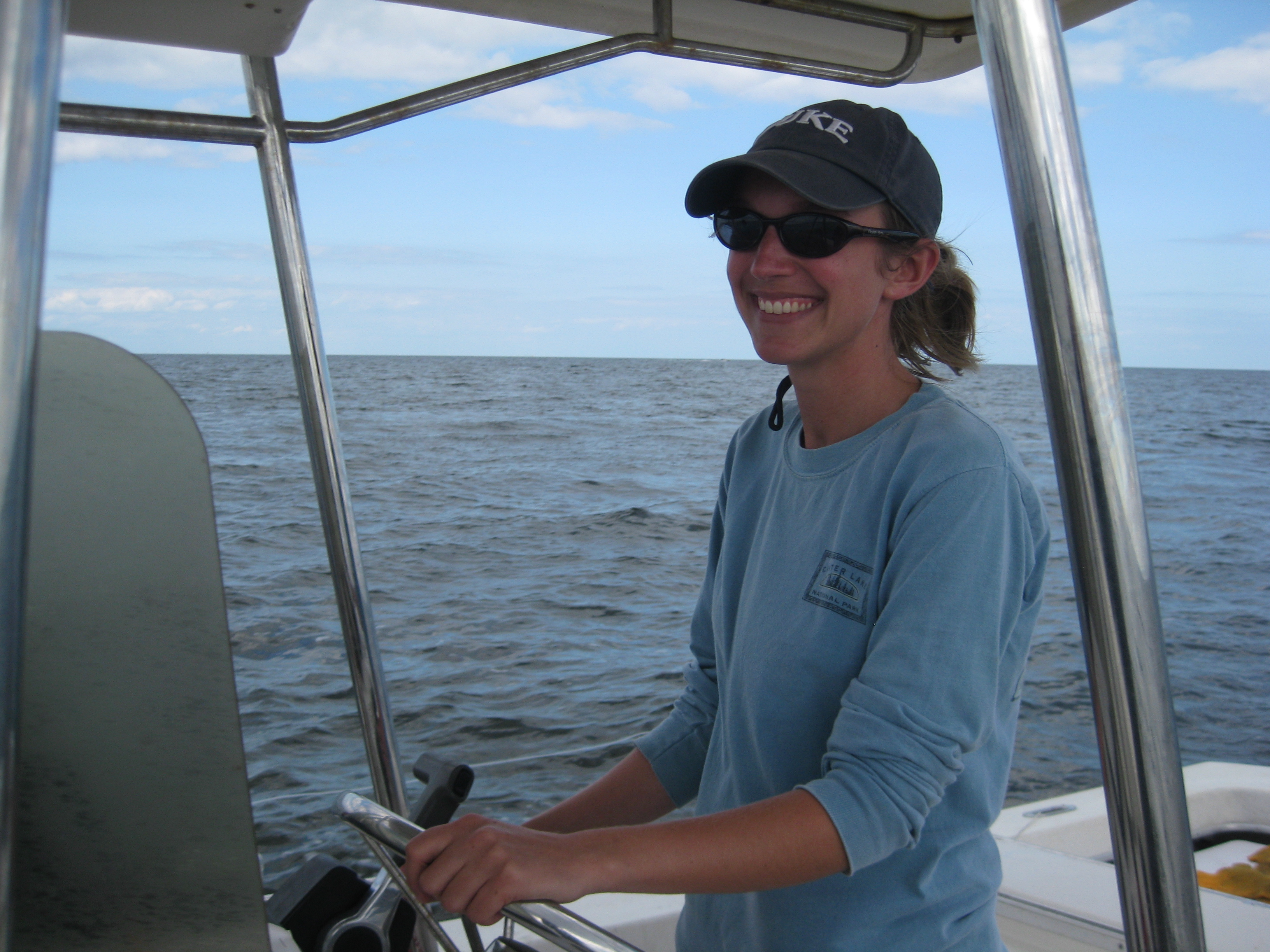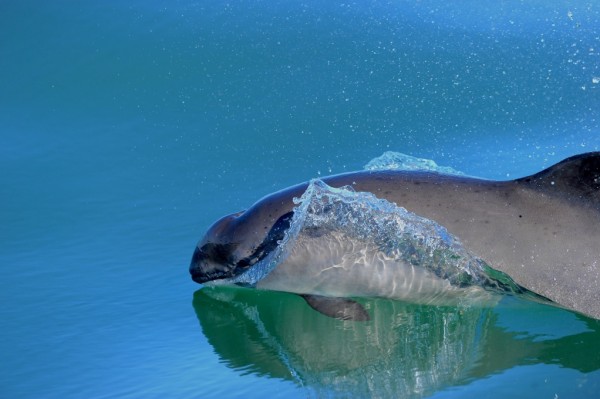Our crew on the R/V Shearwater had a very busy day on Sunday, July 21st. We started at first light by deploying a High Frequency Recording Package (HARP) in our study area off Cape Hatteras. We deployed the HARP in a depth of about 1,000 m – it will record the vocalizations of goose-beaked whales (Ziphius cavirostris) and other cetaceans for a year, before being retrieved next summer. The HARP recordings will also allow us to assess the presence of anthropogenic sounds in our study area, such as the presence of vessels, distant seismic exploration activity, or the use of tactical sonars in Navy training exercises.

Then, in mid-morning, we coordinated with the USS Thomas Hudner, a guided missile destroyer homeported in Mayport, FL, to conduct a controlled experimental exposure trial with Continuous Active Sonar (CAS) signals with three tagged goose-beaked whales. Our focal whale was Zc150, which we tagged a week earlier and we tracked this whale before, during, and after the exposure to document its response.

In accordance with our experimental design, the Thomas Hudner completed a full 60-minute CAS transmission sequence at a distance of approximately 25 km from Zc150. We deployed dipping hydrophones near the focal whale before, during and after the exposure and the CAS signal was audible at expected levels in our recordings. Prior to the start of the experimental trial, we had been running acoustic propagation models in real time. This enabled us to ensure that the CAS signals were clearly audible to the whale but not loud enough to cause any potential distress.

The CAS signals are in the same frequency range but quite different in structural and temporal patterns from the Pulsed Active Sonar (PAS) signals that we have been working with for the past few years. This was our first experimental exposure with this type of active military sonar, and, to our knowledge, this is the first experimental playback of CAS signals to goose-beaked whales. We conducted an 8-hour focal follow of Zc150 from the R/V Shearwater to assess its potential response to the CAS signals. The whale moved a short distance away from the track of the Hudner but did not travel far. We are still working through its dive records received via satellite.
We would like to thank the officers and crew of the USS Thomas Hudner for making this important work possible. We had great ship-to-ship co-ordination with them prior to and during the experiment. And many thanks to Rob Kalin and the FASCFAC team in Mayport for coordinating with the Hudner, with critical support from Ron Filipowicz and US Fleet Forces Command in Norfolk, VA. This work is supported by the Naval Facilities Engineering Systems Command Atlantic, with logistical support from our colleagues at HDR, Inc.




